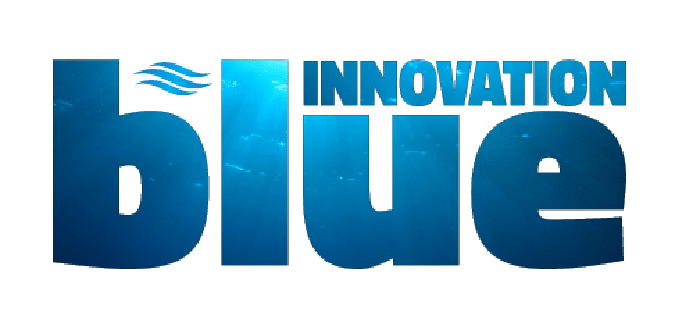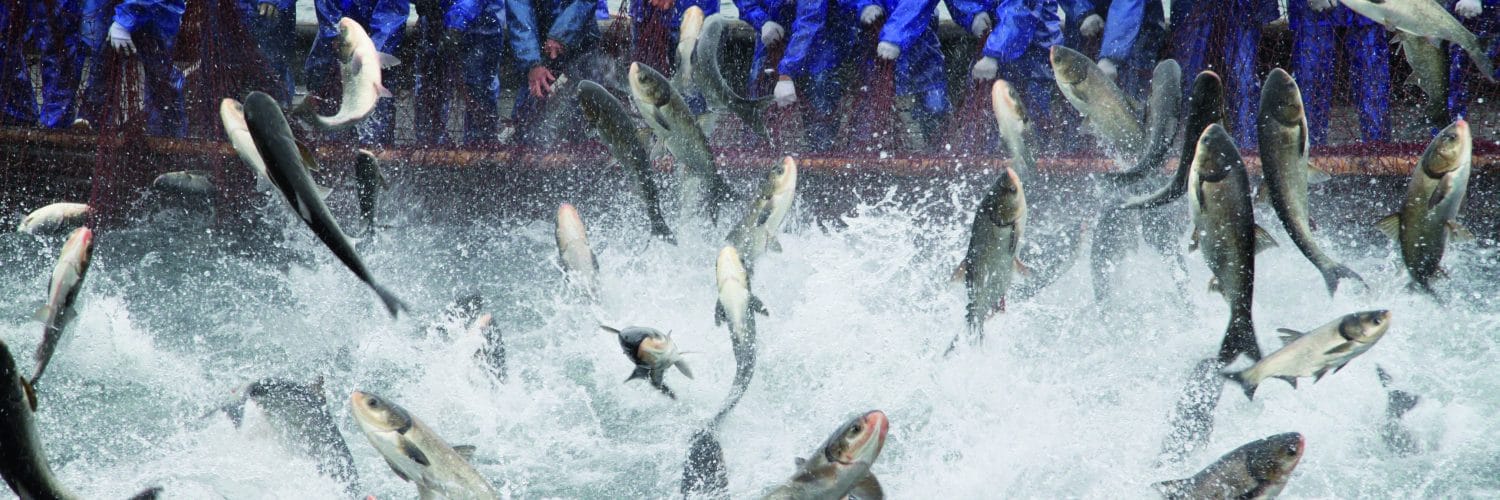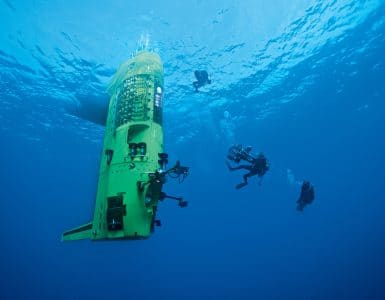Several elements can help us to refine this picture. Firstly, one must not forget that part of Asia is continental, a fact that considerably counterbalances the correlation between total population and influence over the sector (continental populations accounting for around 10% of Asia’s inhabitants). What is more, compared to an average annual consumption of 20 kilograms of fish per person, the level in Asia is almost twice as great (38kg/person)—a gap which has notably been widened by the progress that newly prosperous countries (such as China, once again) have made.
Why such Domination?
Most of the countries of the Far East enjoy access to the world’s premier fishing area, the Northwest Pacific (24% of total commercial fishing). This also explains the ‘physiognomy’ of the actors, importers and exporters, but also consumers of fish and seafood around the world.
History, traditions and recent developments can together explain the even more important relative weight of Asian aquaculture. Given the marked preference of Asian cuisines for fresh produce (especially in China and Japan), access to live resources, including at fish markets, where fish are sold alive, is privileged. The consumption of seafood or of aquatic products in general has thus been associated with aquaculture for a very long time. One could say that Asia has been practising aquaculture (with the systematic presence of ponds for breeding fish and ornamental ponds for displaying them, be they destined or not to be eaten) for as long as people in Europe have been brewing ‘craft beer’: the terms are modern, but the practices are ancient. Breeding fish or ensuring that others that have been caught remain alive is thus either a transition between fishing and consumption, or a progressively systematized extension of the food sector. Large groups of companies from the ‘general’ farming industry expanded into aquaculture and became leaders in Asia and beyond. The most famous example of these is without doubt the group known as ‘CP’, formerly ‘Charoen Pokphand’, established at the beginning of the twentieth century in Thailand by two brothers belonging to the Chinese diaspora, and whose business initially involved breeding a variety of animals, including pigs, and producing animal feed. In the mid-twentieth century, CP’s diversification into aquaculture (breeding shrimp—first in Thailand and then in Asian subsidiaries, notably Indonesia) was a powerful driver of growth for the group, whose different activities nowadays account for around 10% of Thailand’s GDP. Likewise, Japan’s sogo soshas (trading companies) also have interests in commercial fishing, in aquaculture, in the trade of fish and seafood (remember that Tokyo is home to the world’s largest fish market, Tsukiji)… The Mitsubishi Group even launched a bid to take over the Norwegian leader of farmed salmon, Cermaq. Growth in this sector is higher than 7% a year in Asia and was particularly strong until 2013, as an important study published in Nature at the time shows. China, India, Vietnam, Indonesia and Bangladesh together account for 80% of the world’s aquaculture. Norway, the globe’s leading producer of salmon, is sixth.




Ajouter un commentaire